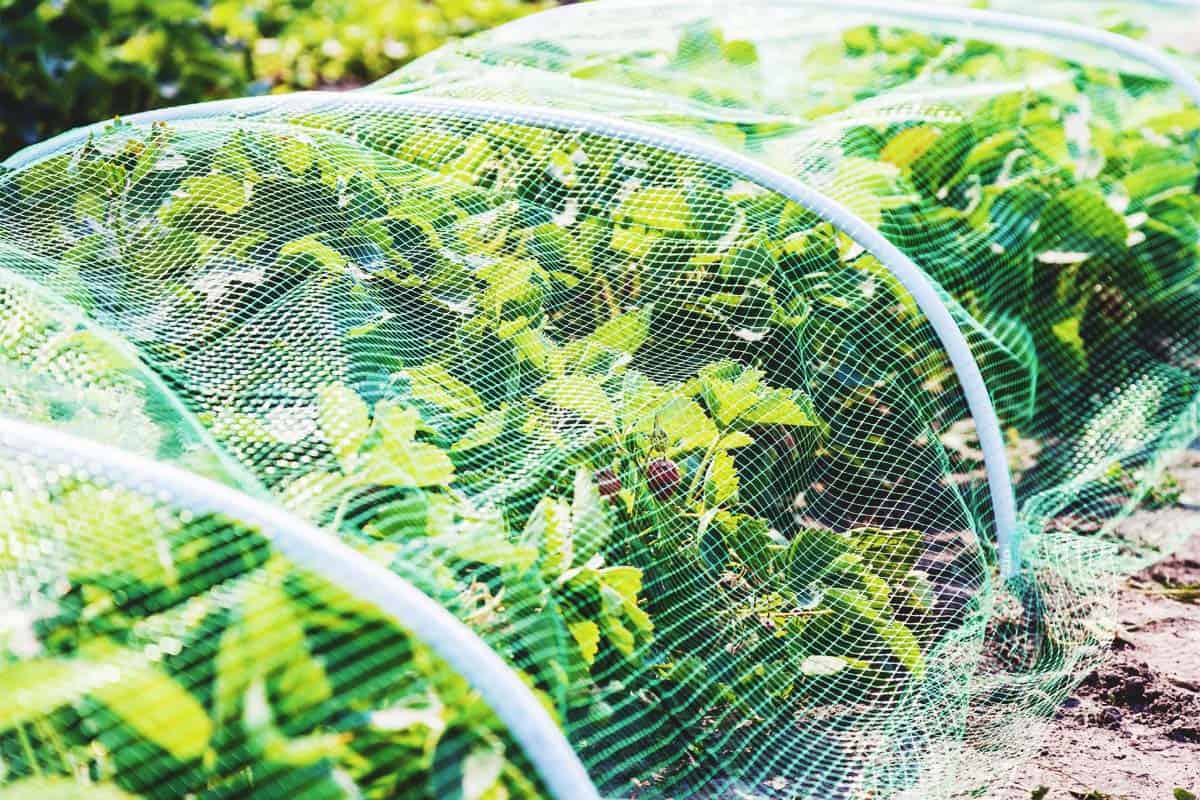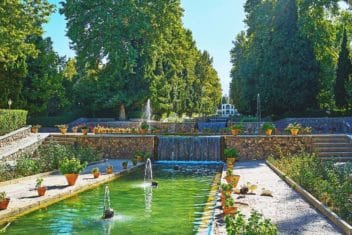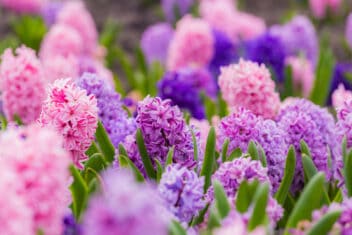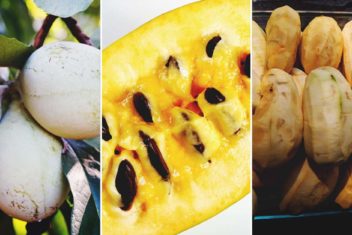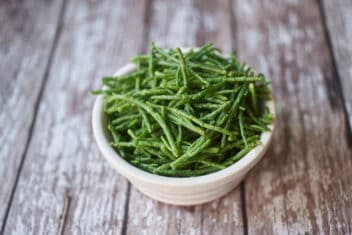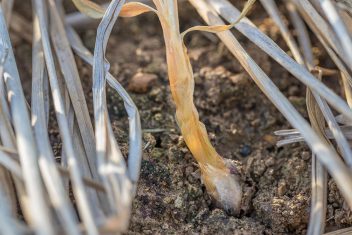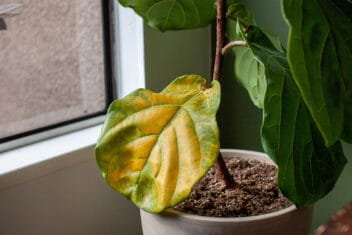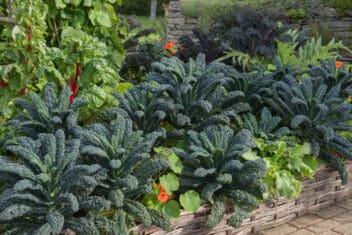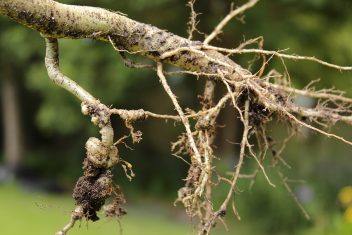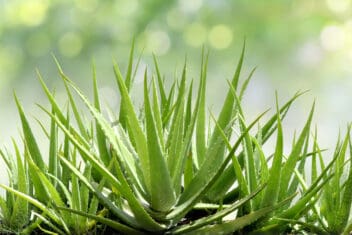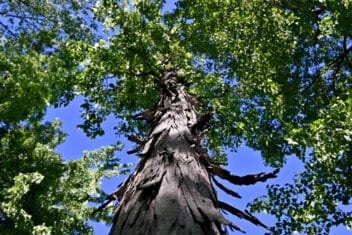We all love a hot summer, but what do you do when there’s a heatwave in the garden? Your plants can’t escape inside to the comforting AC, and the scorching sun can burn them.
A scorching day is no fun for your plants – it can even kill them or reduce yields. After all of the hard work you put into your garden, the last thing you want is have it all ruined by something you can’t control.
Let’s take a look at what you can do to protect your garden from a heatwave.
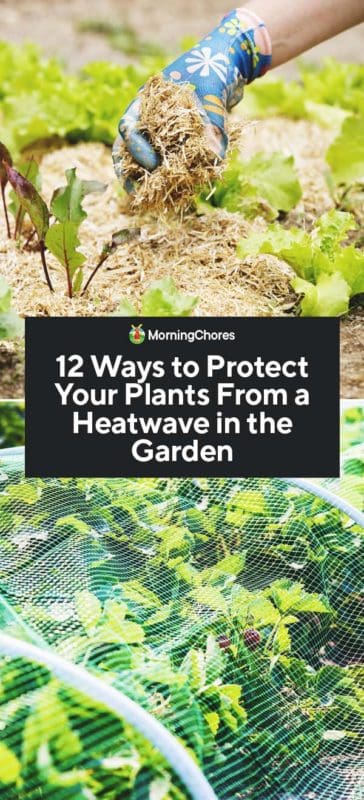
How to Protect Your Plants During a Heatwave in the Garden
There are a few problems that can arise from a heatwave.
- All of the moisture in the soil can evaporate, leading to plants wilting and, potentially, dying.
- The scorching sun can burn your plants, especially after you water and leave droplets behind.
- High temperatures can cause plants to bolt before you have the opportunity to harvest them.
Here’s how to give your plants a fighting chance.
1. Lay Down Mulch
If you haven’t already put down a layer of organic mulch, before a heatwave hits is a fantastic time to do so. Putting down mulch provides a damp layer of insulation that locks in as much moisture as possible. Mulch shows down the evaporation process, keeping that much-needed moisture at the root level for just a bit longer.
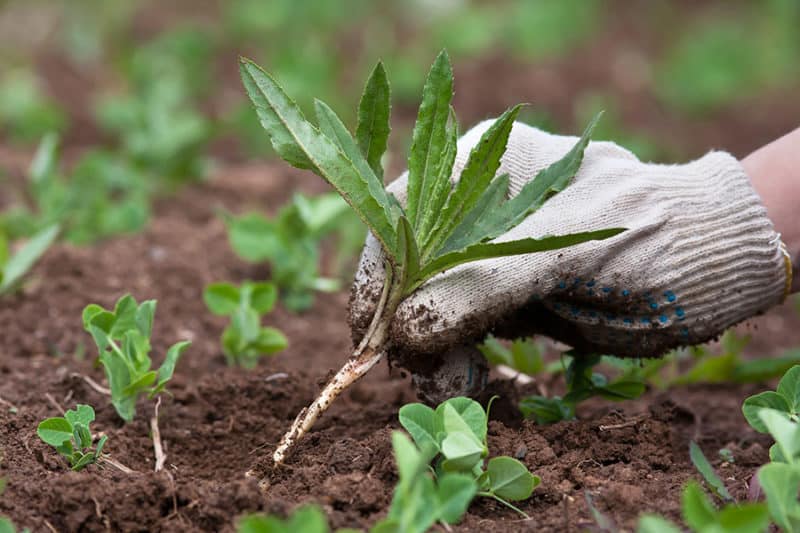
Another benefit of mulching is that it can keep the soil temperature lower. During a heatwave, the soil becomes warmer. By locking in moisture, the soil is kept cooler.
Also, if you’re growing anything that has surface roots, mulch can help stop the roots from burning.
Be sure to add mulch to your containers as well!
There are many different mulch materials that you can use. During a heatwave, it’s best to pick a light-colored mulch because it reflects sunlight while maintaining cool, moist soil conditions.
Grass clippings are a great choice and readily available. After a few days, green clippings turn light brown, so they reflect sunlight. Bark mulch is an option for shrub beds.
2. Move Your Containers to a Shadier Location
One of the major benefits of container gardening is that you’re free to move your potted plants out of the sun whenever you want.
Containers dry out faster, so they’re even more vulnerable to a heatwave. If you have some shady locations or areas that receive more shade, put your potted plants there.
If you don’t have any shady areas, you can try shade netting to keep them cool or make some curtains to hang in front of your containers. It doesn’t have to look perfect, but it just needs to offer some protection.
3. Water at the Optimal Times
Something you don’t want to do is go outside at 3 PM and start to water your garden. That’s an invitation for the sun to burn your plants.
During a heatwave, the best time to water is either in the evening as the sun starts to go down and isn’t as intense or the first thing in the morning. Not only does it decrease the risk of burning your plants, but it lets your plants soak up as much of the moisture as possible before it evaporates.
Also, watering in the middle of the day gets your plants on a schedule where they aren’t reaching peak dryness during the hottest point of the day. It can decrease their strength, which is the last thing you want to do.
4. Give More TLC to New Plants
Established plants can survive a few days during a heatwave without a lot of watering, but young plants will struggle. They’re still trying to become established, and the roots need the most water to help them grow.
Since they’re so tender, they also burn easier. If you’re planting during a heatwave, try to put your seedlings behind a taller plant that can cast some shade as the sun moves throughout the day.
You can also cover them with a cloche or pot turned upside down to give them a little protection during the worst heat of the day.
5. Cut Flowers at the Right Time
If you want to cut some flowers from your garden, hot days aren’t the best time to do so. So, cutting during a heatwave really isn’t ideal.
If you need to cut flowers, be sure to get outside as early as possible, potentially even before the sun comes up.
6. Use Shade Cloth or Protective Row Covers

Another option is to use shade cloth on your garden during a heatwave, providing partial and temporary protection from the sun. You can find shade cloth in most garden centers or nurseries, and they’re available in a range of sizes and shade factors.
What does shade factors mean?
It refers to the degree of blocked sunlight, ranging from 25 to 90%. You have to pick the right shade factor based on the plants you’re covering.
For example, sensitive plants, such as lettuce or other salad greens, need a shade factor of 50-60%. Plants that tolerant heat well, such as beans, can use a 30% shade factor cloth.
Using a shade cloth should be temporary, blocking the sun without reducing the air circulation. Typically, you only need to position it to one side or above the plants; don’t enclose the plants as you do with season extenders.
7. Let Your Grass Grow Taller
Shadows are your friend during a heatwave in the garden. It might be a good idea to keep your grass taller because it will cast longer shadows.
At the same time, leaving the grass taller helps to retain more moisture in the soil. If you want shade benefit, keep your grass 3 inches at the shortest, but some lawn experts suggest 6 inches during heatwaves.
8. Temporarily Stop Fertilizing
When temperatures go above 90°F, some plants struggle more than others. You might notice that some plants have curled or rolled up leaves, which is a natural response by plants to help reduce water loss.
Fruiting plants might drop their flowers or stop producing new flowers throughout the heatwave. Expect a decrease in your harvest during these times.
You might think that fertilizing your plants is a good idea to help them stay strong. However, doing so is actually a bad idea because then your plants need even more water to process fertilizer.
When you apply fertilizer, it tells your plants that its time to grow due to a sudden increase of nutrients. During a heatwave, telling your plants that it’s time to grow can be dangerous during a heatwave in the garden.
So, don’t fertilize – focus on watering.
9. Harvest Fruits and Flowers
When you harvest before the heat hits, it means there is less foliage, flowers, or fruits on your plants to sap their energy. You can let some fruits ripen up fully in your kitchen, giving your plants a much-needed break.
10. Plant Seeds Deeper Than Before
If the heatwave takes place when you’re still planting seeds, try planting the seeds a bit deeper than you regularly do. Warm temperatures and direct sunlight will dehydrate the topsoil faster, and seeds need moisture to germinate.
11. Weed Your Garden Regularly
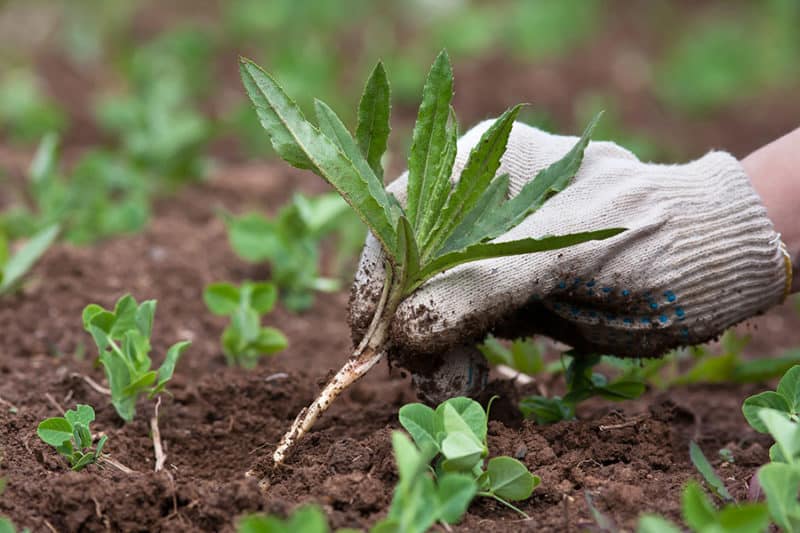
All of those weeds in your garden soak up the water in your soil, leaving less moisture behind for your plants that you want to stay hydrated.
For best results, it’s best if you weed your garden at least one time a week or twice a month at a minimum.
12. Take Care of Yourself in the Garden
Most importantly, be sure that you’re using safety techniques while gardening in a heatwave.
- Don’t garden during the hottest part of the day; garden during the morning and evening.
- Take frequent breaks and drink a lot of water.
- Garden in shorter increments than you might usually and move at a slower pace.
- Be sure to apply sunscreen and wear a wide hat to protect your face.
Surviving a Heatwave in the Garden
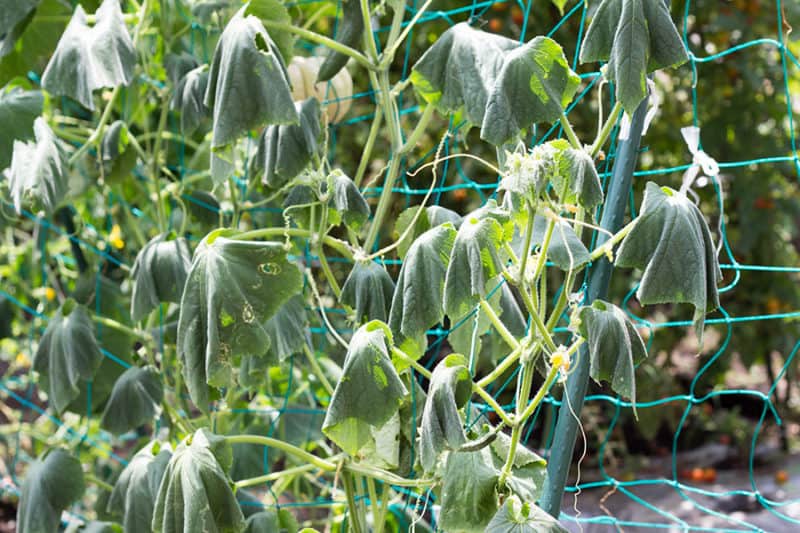
Extreme summer heat is stressful for all plants from vegetable plants to your grass. Using these strategies can help your plants survive a heatwave in the garden. Thankfully, most heatwaves only last a few days.
